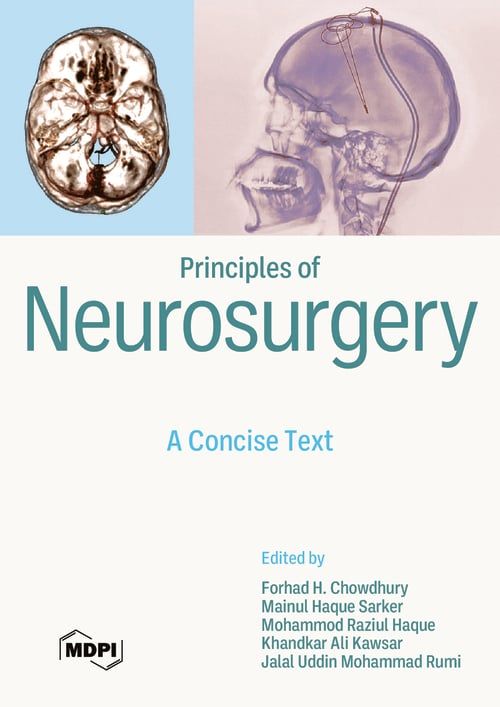Epilepsy and Epilepsy Surgery
Epilepsy affects approximately 50 million people throughout the world, making it one of the most common neurological disorders. Around 60–70% of epilepsy patients react to treatment, whereas 30–40% become resistant to anti-epileptic drugs. Patients not responding to medical treatment are supposed to undergo evaluation for surgical intervention. Not all cases of drug-resistant epilepsy (DRE) are remediable by surgery. Worldwide, 10.1 million persons with active epilepsy could benefit from surgery every year. Methodical, careful, and skillful presurgical evaluation to select appropriate candidates for surgical intervention and choosing an appropriate procedure are the most critical parts of epilepsy surgery. A short synopsis of epilepsy, including definitions, diagnostic criteria, etiology, classification, and differentials of epilepsy, is given in first part of the chapter. Epilepsy surgery is discussed in the later part of the chapter and includes principles of presurgical evaluation, tools for presurgical evaluation, epileptic conditions remediable by epilepsy surgery, and common surgical procedures for epilepsy.
